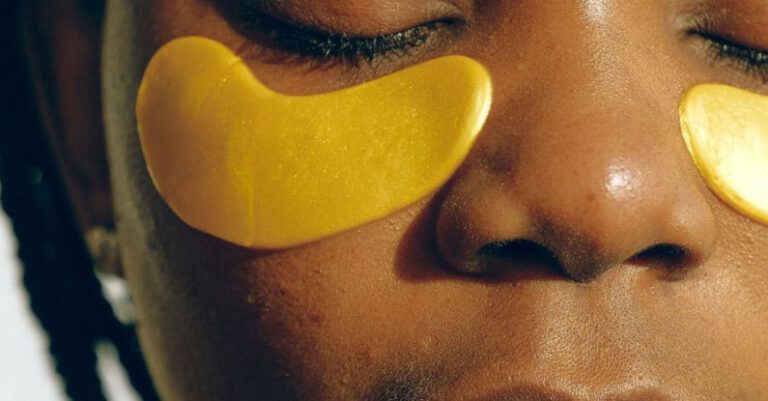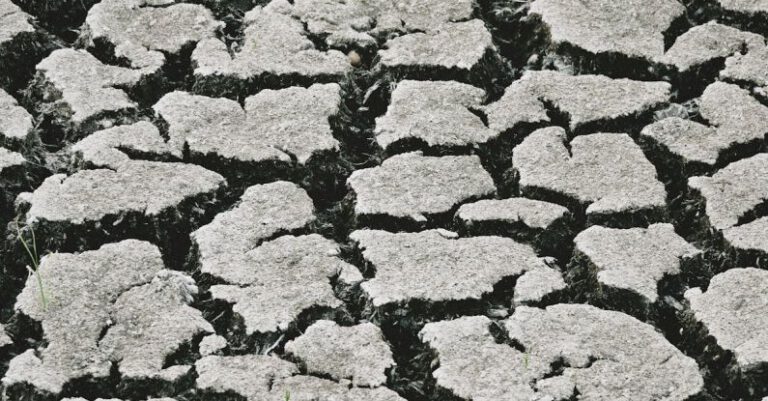
Staying properly hydrated is essential for overall health and well-being. Our bodies are composed of approximately 60% water, and maintaining the right balance of fluids is crucial for supporting various bodily functions. Dehydration can lead to a range of health issues, including fatigue, headaches, and even more severe complications. Therefore, it is important to monitor your hydration levels regularly to ensure you are adequately hydrated. In this article, we will discuss some practical ways to monitor your hydration levels effectively.
Understanding the Signs of Dehydration
The first step in monitoring your hydration levels is to be aware of the signs of dehydration. Common symptoms of dehydration include increased thirst, dry mouth, dark yellow urine, infrequent urination, fatigue, dizziness, and headaches. If you experience any of these symptoms, it may indicate that you are not drinking enough water. Paying attention to these signs can help you take action to rehydrate your body promptly.
Check Your Urine Color
One simple and reliable way to monitor your hydration levels is by observing the color of your urine. The color of your urine can provide valuable insights into your hydration status. Ideally, your urine should be a pale, straw-like color. Dark yellow or amber-colored urine is a sign of dehydration, indicating that you need to drink more water. Monitoring the color of your urine throughout the day can help you adjust your fluid intake accordingly.
Track Your Water Intake
Keeping track of your water intake is another effective method to monitor your hydration levels. You can do this by setting a daily water intake goal and recording the amount of water you drink each day. There are various apps available that can help you track your water consumption and remind you to drink water regularly. By monitoring your water intake, you can ensure that you are meeting your hydration needs and make adjustments as necessary.
Pay Attention to Thirst Signals
Listening to your body’s thirst signals is key to maintaining proper hydration. Thirst is your body’s way of signaling that it needs more fluids. Ignoring thirst can lead to dehydration, so it is essential to drink water when you feel thirsty. However, it is also important to note that in some cases, especially in older adults, thirst signals may not be as strong. Therefore, it is crucial to make a conscious effort to drink water regularly throughout the day, even if you do not feel thirsty.
Monitor Your Sweat Rate
Another factor to consider when monitoring your hydration levels is your sweat rate. Sweating is the body’s way of regulating temperature, but excessive sweating can lead to fluid loss and dehydration. If you engage in physical activity or spend time in hot environments, you are at a higher risk of dehydration due to increased sweating. Monitoring your sweat rate and replenishing lost fluids by drinking water or electrolyte-rich beverages can help prevent dehydration.
Use Technology to Help
In today’s digital age, there are various technological tools available to help you monitor your hydration levels. Smart water bottles, hydration tracking apps, and wearable devices can provide real-time feedback on your water intake and remind you to stay hydrated throughout the day. These tools can be especially useful for individuals who lead busy lifestyles and may forget to drink an adequate amount of water regularly.
Adjust Your Fluid Intake Based on Your Activity Level
Your fluid needs can vary depending on your activity level and environmental conditions. If you are physically active or spend time outdoors in hot weather, you will need to drink more water to stay hydrated. Pay attention to how your body responds to different levels of activity and adjust your fluid intake accordingly. Drinking water before, during, and after exercise is essential to replace lost fluids and maintain hydration.
Maintaining Optimal Hydration
By incorporating these practical tips into your daily routine, you can effectively monitor your hydration levels and ensure that you stay adequately hydrated. Remember that proper hydration is essential for overall health and well-being, so make it a priority to drink enough water throughout the day. By paying attention to your body’s signals and using the tools available to you, you can maintain optimal hydration and support your body’s vital functions.





